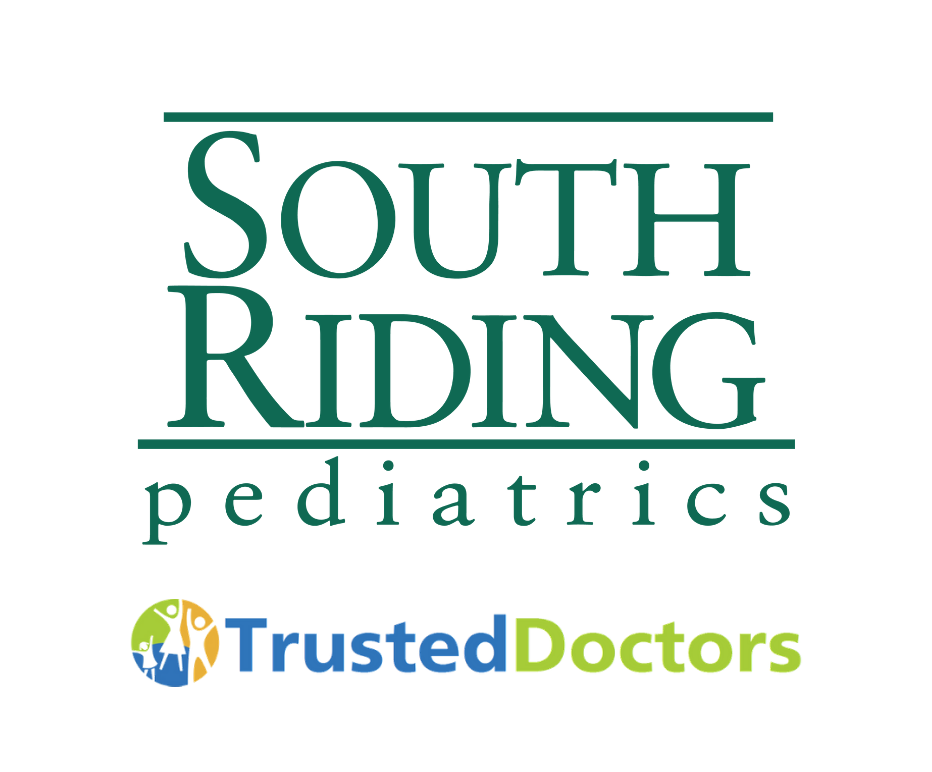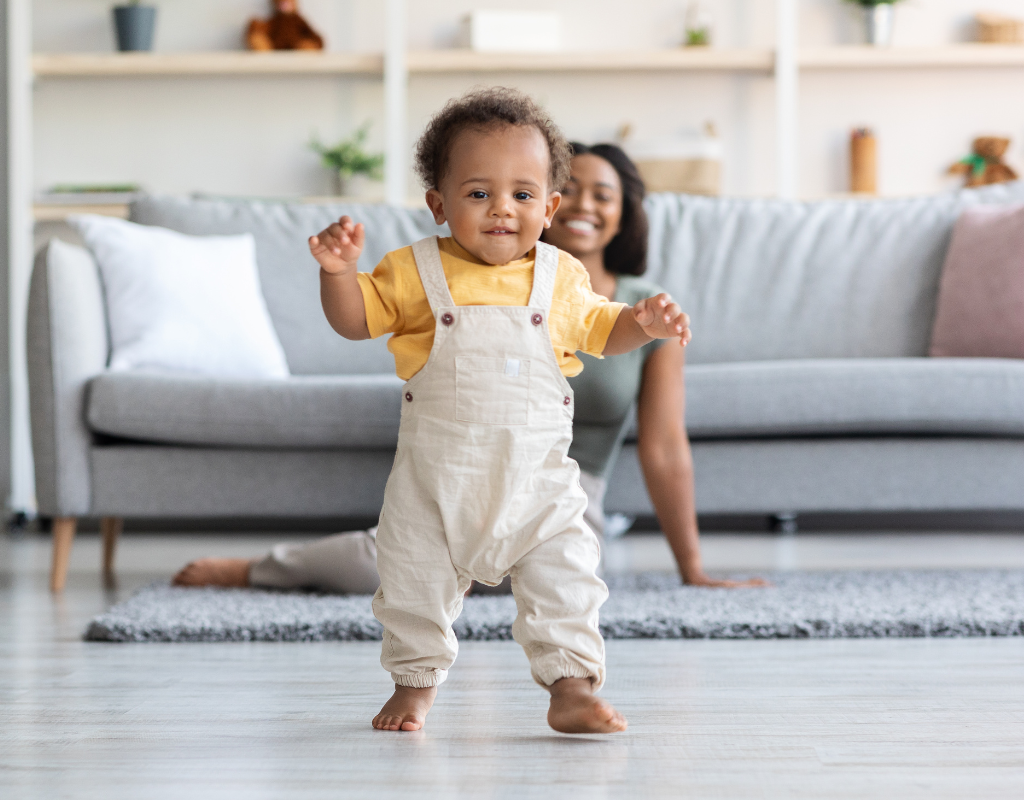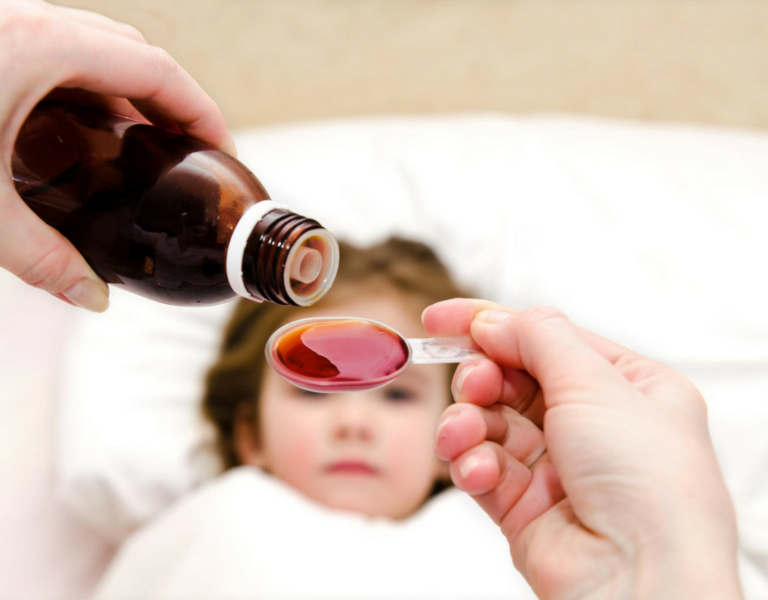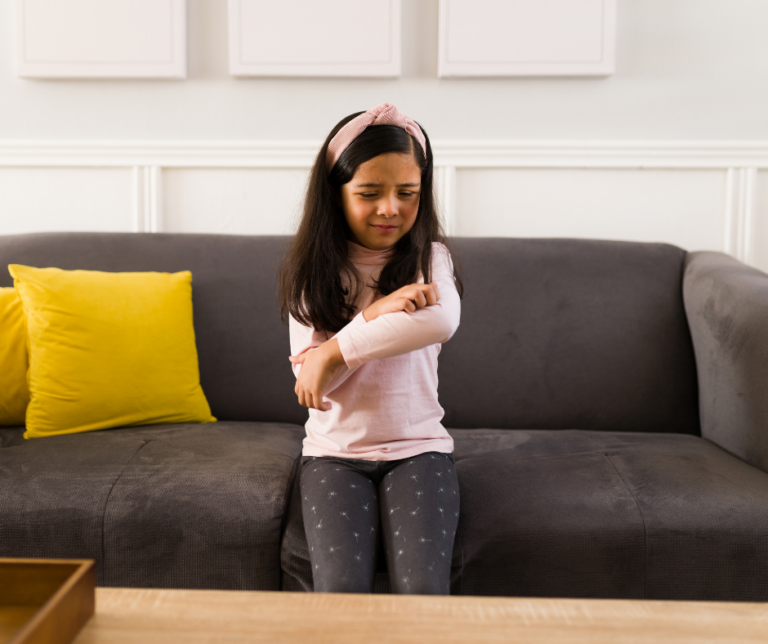What are important cognitive milestones for my one year old?
One-year- olds are curious about most everything and try hard to explore the world around them. A typical 12-month- old: explores objects in many different ways (shaking, banging, throwing, dropping); finds hidden objects easily; looks at the correct picture when an image is named (i.e., will focus on a picture of a “dog” when asked); imitates gestures and sounds; and begins to use objects correctly (drinking from cup, brushing hair, dialing phone, listening to receiver). In terms of language skills, a typical 12-month- old: pays increasing attention to speech; responds to simple verbal requests; responds to “no;” uses simple gestures, such as shaking head for “no;” babbles with inflection; says “dada” and “mama” though not always appropriately; uses exclamations, such as “oh-oh!”; and tries to imitate words.
What are the developmental stages of babies from 12 to 24 months?
A great deal of rapid cognitive and motor development occurs between ages 1 and 2. Many babies are starting to take first steps by 12 or 13 months and ought to be walking alone by 18 months. Other motor skills include: pulling toys behind when walking; beginning to run; standing on tiptoe; kicking and throwing a ball. Important verbal and social development skills include: following simple commands (initially when the adult speaks and gestures, and then later with words alone); getting objects from another room when asked; pointing to a few body parts when asked; pointing to interesting objects or events to get you to look at them too; bringing things to you to show you; and pointing to objects so you will name them. At this age, babies will name a few common objects and pictures when asked and should learn about 1 new word per week between 1½ and 2 years. They will use gestures and words with you or with a favorite stuffed animal or doll. By 2 years, children should be able to use simple 2-word phrases. Around this time, children also start to enjoy pretending (for example, pretend cooking).
What does walking normally look like in toddlers?
Learning to walk takes a lot of practice, which can go on for a long time. Most children take their first steps around their first birthday, but the normal range for reaching this milestone is up to 18 months. Kids who are learning to walk are called “toddlers” because that’s exactly what they do — they “toddle,” keeping their legs wide apart and seeming to hesitate between each step, jerking from side to side as they move one foot forward, then the next. Soon after your toddler takes her first steps, she’ll learn to stoop down and then stand back up again. If your child’s an early walker, she probably loves toys that she can push or pull as she toddles. About 6 months after taking their first steps, toddlers develop a more mature gait, holding their hands at their sides (rather than out in front for balance) and moving with their feet closer together. They also tend to move their feet in a way that looks more like walking and less like waddling, moving from the heel to the toe.




